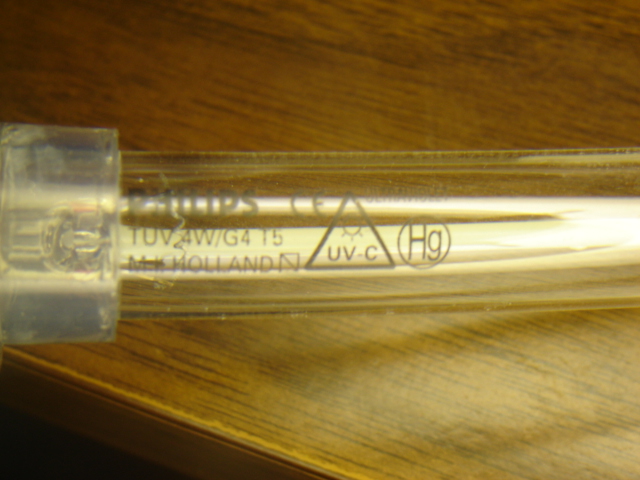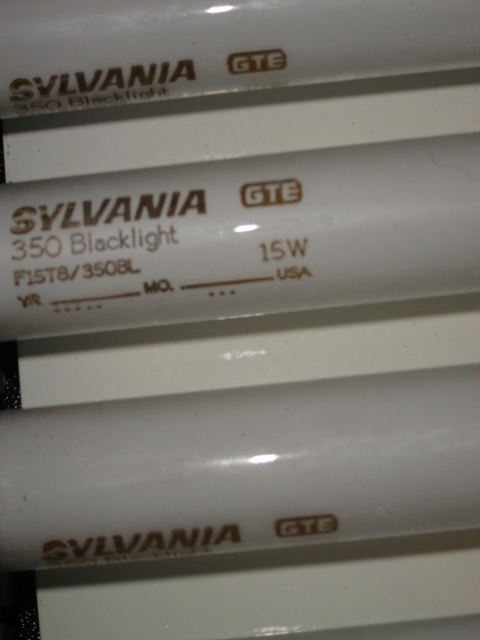treevet
Addicted to ArboristSite
Treevet, disagreement is fine, but be specific. What bothers you about Ekka's treatment for Armillaria?
The only thing that bothers me is the lack of scientific case studies cited woodweasel. If they do not exist then this is all conjecture and I do not have time in my life to absorb this info. If the research is there then I am all ears as this is an extremely interesting thread even though it may not relate to the subject tree. Not attempting to be antagonistic. Just look at the post prior to this.



























































 It will be fun to pompously correct those more learned than I going forward as they misuse these terms. Its this type of myriad detail that will make us all better arborist.
It will be fun to pompously correct those more learned than I going forward as they misuse these terms. Its this type of myriad detail that will make us all better arborist.